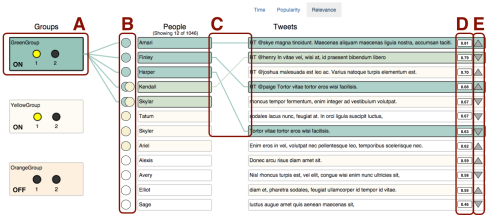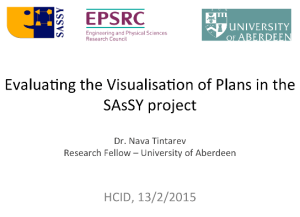What if I showed you this story?

The weather forecasting service of the broadcasting company AAA says
that it will rain tomorrow. Meanwhile, the forecast service of the broadcasting
company BBB says that it will be cloudy tomorrow but that it will not rain.

Hard to decide which one to listen to, right? (Especially when it comes to weather that is so unpredictable anyway.)
But what if I also told you that:
It is also well known that the forecasting service of BBB is more accurate than the one of AAA.
You might develop a preference for listening to BBB’s forecast. If that is the case, then you might also say that it will not rain tomorrow.
Why is this interesting? Well, argumentation theory looks at how we reason over conflicting statements. So like where AAA and BBB are saying two things that cannot both be true. The theory predicts what points of view are “logically” correct. There are different flavors of the theory though, many of which do not consider preferences.
So a theory that does not consider preferences would say that you would still be undecided even if you knew BBB was more reliable. But we felt pretty sure that people use preferences when they make up their mind about these sorts of things. And we knew of a way of representing statements like this in a logic with preferences (thanks to Henry Prakken and Giovanni Sartor).
And indeed this is what we found. People make the conclusion you would predict if they used preferences. Not only that, but they also said the preference statement was information they thought was relevant when they made up their mind.
We found this was the case for weather, but also for other domains like a car sale, and regional independence!
You can see the stories and the logical representation behind them here.
Not too surprising of course was that more people were undecided for weather than in the other domains, but they still used the preference information and decided that it was not going to rain!
My colleague Federico is going to present this paper at the European Conference of Artificial Intelligence in Prague this summer, but you can have a look at it now too.
But just in case, do not forget your umbrella!

 I (Nava) have just come back from a fantastic trip to California, supported and enabled by the generous SICSA PECE grant to visit the Four Eyes Lab at the University of California Santa Barbara (UCSB) and Dr. John O’Donovan.
I (Nava) have just come back from a fantastic trip to California, supported and enabled by the generous SICSA PECE grant to visit the Four Eyes Lab at the University of California Santa Barbara (UCSB) and Dr. John O’Donovan.







 On Saturday I took part in Discovery day as a science “super hero”.
On Saturday I took part in Discovery day as a science “super hero”.